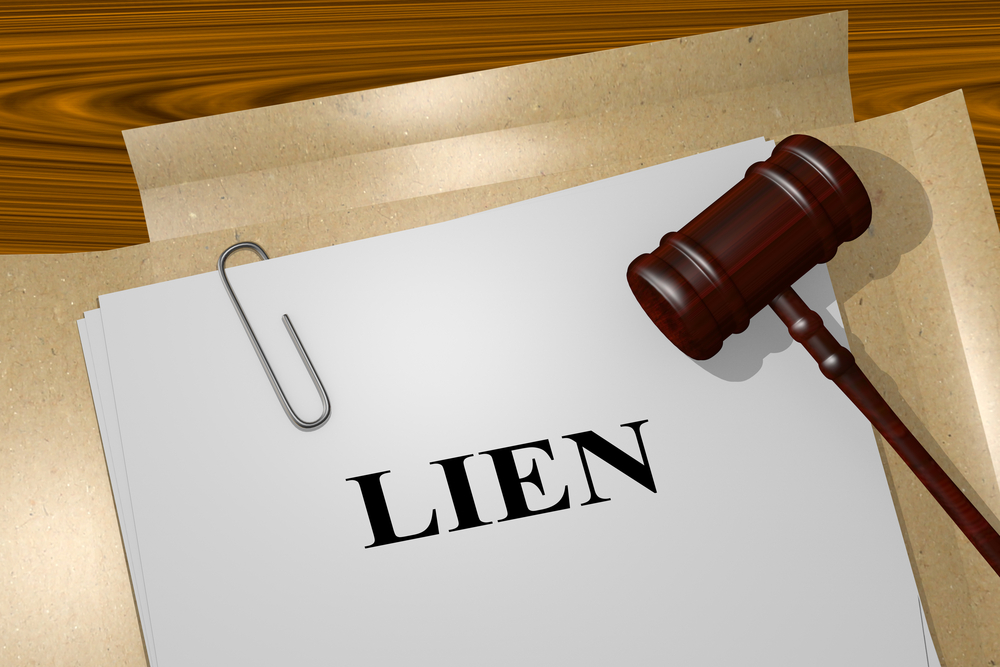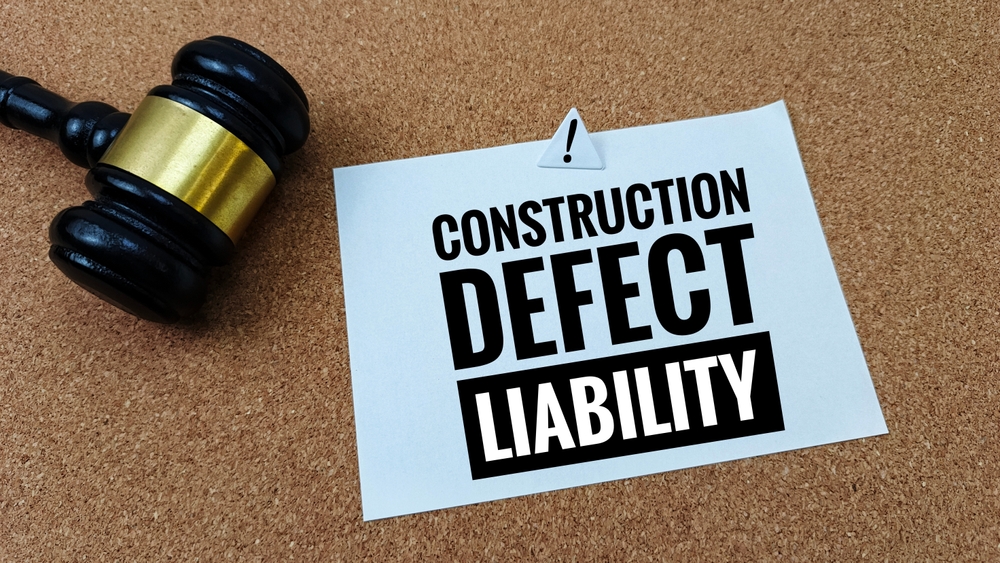

If you’re in the construction business, you’ve more than likely come across a Mechanic’s Lien or Materialmen’s Lien. This can be a useful tool to help protect a builder or contractor’s interest in the project they are developing. If you get to a point in a project where a party hasn’t paid for labor or services, you may be able to file a Mechanic’s Lien against the property. The rules can be tricky, but you can find the basics here.
Texas statutes make it clear that there are 3 general parties allowed to file a lien.
The Mechanic’s or Materialman’s Lien allows a party to file a lien upon the property that was improved by of the value of their labor or materials. This lien is attached to the property making it more difficult to sell or forcing a foreclosure to pay the debt.
A properly filed lien must meet very specific requirements laid out by Texas law. Each state has different laws so it is imperative you double check your state’s laws, and seriously consider speaking with an attorney before filing.
Mechanic’s or Materialman’s Liens must be filed with the county clerk in the county where the property is located. For example, if you live in Houston, but the property you were working on is located in Sugar Land, the lien must be filed in Fort Bend County.
The rules are different depending on whether the property is residential or commercial, and whether you are the 1) prime contractor 2) the subcontractor or laborer, or 3) the supplier or other.
Here is a basic breakdown of when to provide notice and when to file:
You must file by the 15th day of the 4th month after the debt was accrued, and send notice that you filed your lien no later than the 5th date after it was filed.
You must file by the 15th day of the 4th month after the debt was accrued, and send notice that you filed your lien no later than the 5th date after it was filed.
All notices must be sent via certified mail.
Filing a Mechanic’s Lien may help you recover unpaid debts accrued when an owner, contractor, or subcontractor doesn’t pay for services, material, or labor. It may also help protect you from having to make double payments to a party when another party may be at fault for non-payment.
The Cromeens Law Firm, PLLC, offers expert counsel and representation on a variety of construction law legal matters, and is here to assist you with any issues you may have.
This article is intended as a general educational overview of the subject matter and is not intended to be a comprehensive survey of recent jurisprudence, nor a substitute for legal advice for a specific legal matter. If you have a legal issue, please consult an attorney.
Karalynn Cromeens is the Owner and Managing Partner of The Cromeens Law Firm, PLLC, with over 17 years of experience in construction, real estate, and business law. A published author and passionate advocate for contractors, she has dedicated her career to protecting the businesses her clients have built. Karalynn is on a mission to educate subcontractors on their legal rights, which inspired her books Quit Getting Screwed and Quit Getting Stiffed, as well as her podcast and The Subcontractor Institute.

